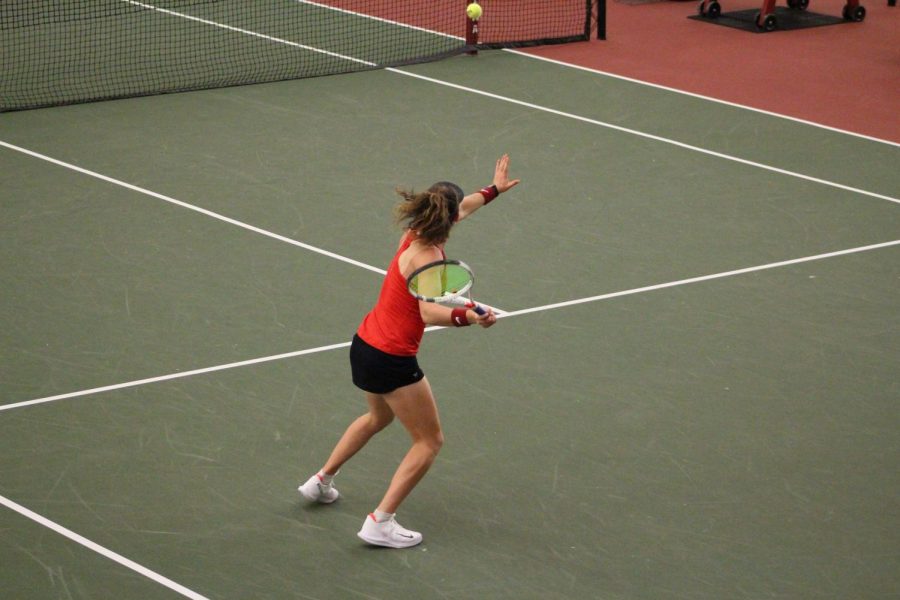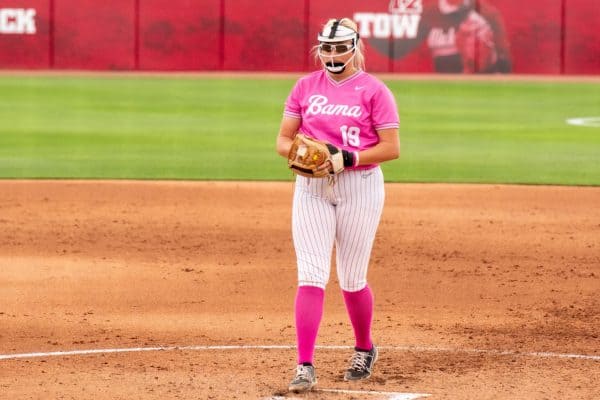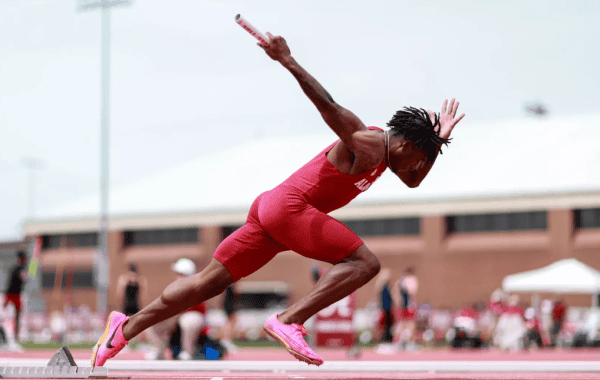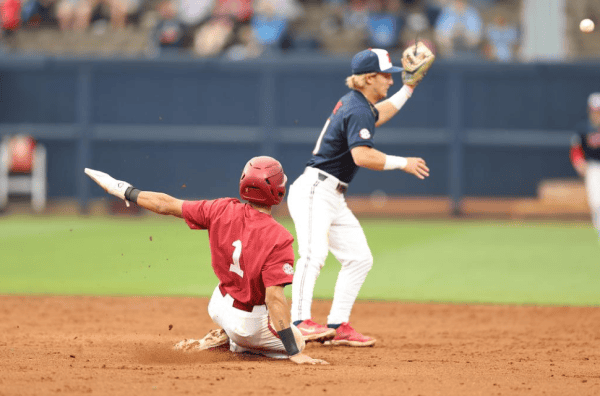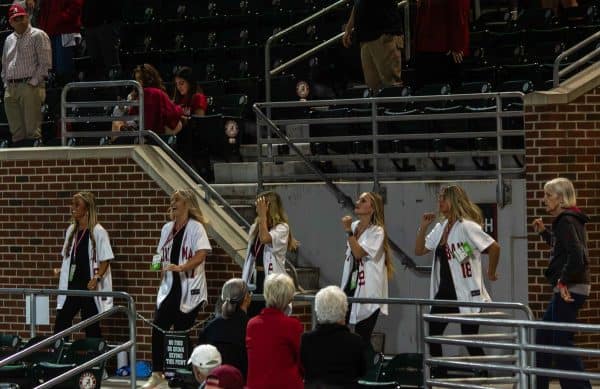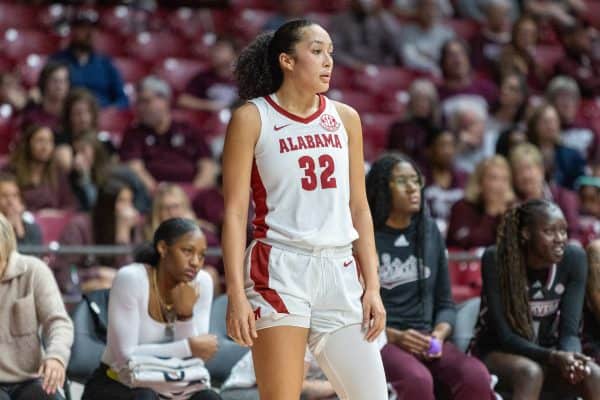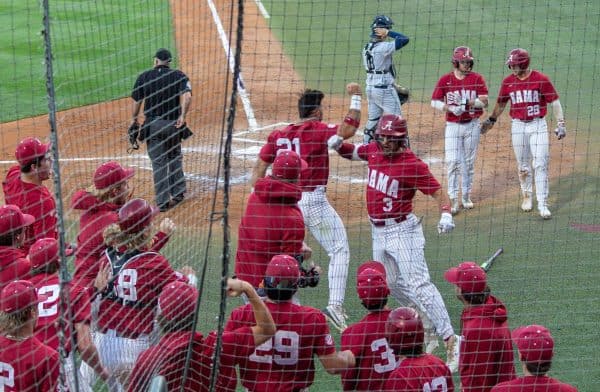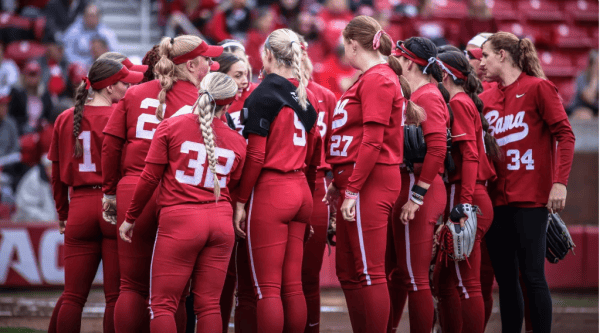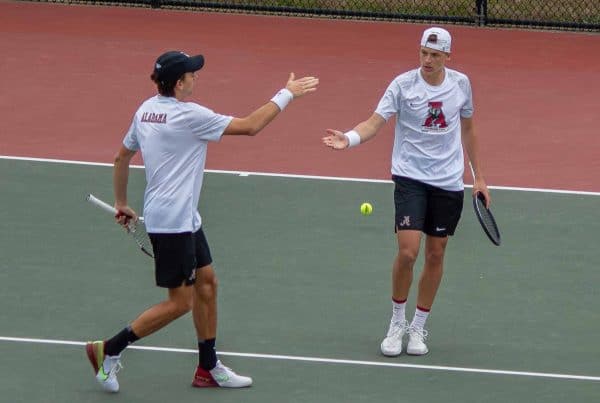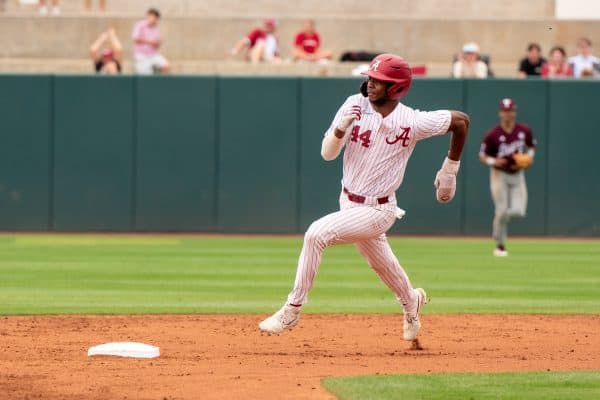Women’s tennis boosted by international talent
February 28, 2019
If there were to be anyone on the Alabama women’s tennis team who experienced a culture shock on a primarily international team, it may come from the players right here in the United States.
Home to six different countries on an eight-women roster, the Alabama women’s tennis team is turning into a hotspot for overseas recruiting, strangely enough, as coach Jenny Mainz and collegiate tennis coaches alike seem to have different intents with their initial strategy.
“We try to recruit in the southeast first and look at Birmingham, Huntsville, and Dothan,” said Mainz. “We see what kind of talent can come to the state of Alabama. We focus on Alabama, the southeast, the U.S, and go from there.”
This season, it appears that the “going from there” has worked out well for the Crimson Tide’s 2019 campaign, as the team currently holds a 10-3 record without a single in-state player.
Junior Jacqueline Pelletier, sophomore Kylie Moulin and senior Andie Daniell are in the minority of in-country students from South Carolina, Florida and Georgia, respectively. Players from Spain, Hungary, France, Japan and Egypt round out the rest of the roster.
Despite their cultural differences, the team’s chemistry operates as well as any athletic program on campus.
“We are all together as a team both on and off the court,” junior Kimberley Gintrand, who is from Angers, France, said. “There are no real differences that actually matter, and everyone is cool with everybody”
The cultural differences and backgrounds, strangely enough, have been able to bring a completely out-of-state team together during a time in life that requires the ability to acclimate efficiently away from home.
“Our differences were never an issue,” sophomore Ann Selim, who is from Cairo, Egypt, said. “If anything, it makes us feel closer to each other because we are all from different countries and have come together far away from home to play with each other.”
Whether it is the little things like eating lunch together or the more serious team activities such as lifting, the emphasis on unity reigns supreme above all.
“I will say that playing with a team is helping me a lot,” Gintrand said. “It is great because we can struggle together. Some of the things we do in workouts, If I were to do it alone, I just mentally couldn’t do it.”
The sense of camaraderie stems from the leadership up top – something that Selim gives a lot of credit to Mainz for establishing and using to her advantage in the recruiting process.
“This is a school with a great athletic program and good academics, but I really liked coach Mainz,” said Selim. “Even with all the great things the University offers, the coaches were the biggest reason I came.”
Mainz has enjoyed the challenges of recruiting as well as the benefits that come with coaching international players in her 22 years at the Capstone, where she cites that her teams “generally carry a few international players.”
“I think my recruiting has changed, and you have to adjust depending on the circumstance,” Mainz said. “The talent varies year to year. Some years we have more scholarships, and [because of] circumstance we need to go out of the U.S.”
One of the biggest conveniences for Mainz as a coach has been her ability to learn and grow from the player’s diversified backgrounds in tennis. From Spain’s slow-tempo pace played on red clay to England’s faster paced game played on real grass, Mainz sited that from country to country, she is often the one learning from the players.
Even with all the technical lessons picked up from player to coach, the biggest advantage in coaching international players, according to coach Mainz, is their discipline.
“They come from very good coaches that are very reputable and very experienced,” Mainz said. “Many of them come from coaches [who] are very hard on them. It’s very regimented and structured, and my players show that.”

